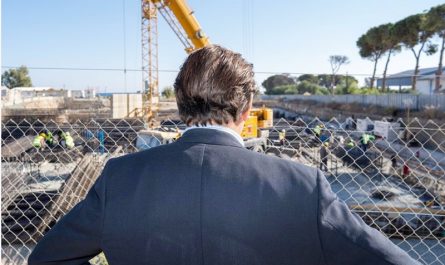
Leadership is important for every business organization including the construction industry. Construction professionals including project managers should own leadership skills to manage their projects to achieve their goals. Therefore, this post is about the Situational Theory of Leadership which is one of the leadership theories.
Leadership is still a complex topic although many researchers have spent their time studying the different leadership styles. According to Walker (2017), leadership is connected with a person’s psychological and cognitive development. Other than different leadership theories, there are also arguments about leadership concerning whether it is a trait, skill or behaviour. According to Vroom & Jago (2007), leadership is a process that helps in motivating others in the team to enhance collaboration to achieve goals. Among the different leadership theories, I prefer to discuss Situational Theory in this post.
Foundation of the Situational Theory of Leadership
The hypothesize of situational leadership is that there is no best leadership style. Instead of having the best leadership style, the leader decides the most effective leadership style considering the task to be carried out (Russell, 2011). In this leadership style, leaders consider their team and the readiness of the team members for a task. Therefore, for a leader who follows situational theory, every situation is unique (Asana, 2021).
On the other hand, situational theory creates a democratic working environment that brings out the best of the team (Asana, 2021). Situational leadership theory describes four styles that a leader can employ depending on the situation. These include Directing, Coaching, Supporting and Delegating (Asana, 2021).
Working in many tender document preparation and submission for construction projects as the team leader, I find this theory explains the situations I experienced. As there is a fixed deadline for tender closing we have to prepare all the documents before the closing time.
On the other hand, not all team members are the same. Some will work individually with minimal attention where there may have another member who needs more guidance. In such a case, I had to utilize different styles to motivate them individually to complete our tasks.
Conclusion
Among the several available leadership theories, situational leadership assumes that there is no best leadership style. Instead of that, the best suitable leadership style is utilized by the leaders to manage their team towards achieving a goal.
References
Asana.(2021). Situational leadership: 4 styles and qualities. https://asana.com/resources/situational-leadership
Russell, E. (2011, September 8). Leadership theories and style: A transitional approach. General Douglas MacArthur Military Leadership Writing Competition. https://my.uopeople.edu/pluginfile.php/1552184/mod_book/chapter/328994/U1%20%20Leadership%20Styles%20Essay.pdf
Vroom, V. H., & Jago, A. G. (2007, January). The role of the situation in leadership. American Psychologist, 62(1), 17 – 24. http://web.mit.edu/curhan/www/docs/Articles/15341_Readings/Leadership/Vroom_Jago_2007_The_role_of_the_situtation_in_leadership.pdf
Walker, S. (2017). What Makes a Leader, is it Skills, Traits or Behavior?. PennState. https://sites.psu.edu/leadership/2017/05/28/what-makes-a-leader-is-it-skills-traits-or-behavior/
Photos: pixabay.com
Disclaimer: This article was created using a paper written as part of the MBA program.
Also read: emotional intelligence in construction

 by
by 

